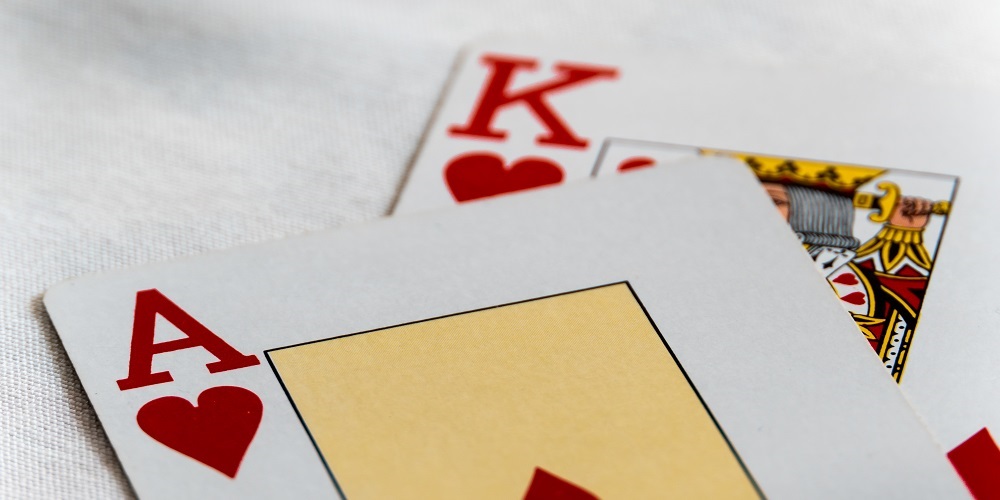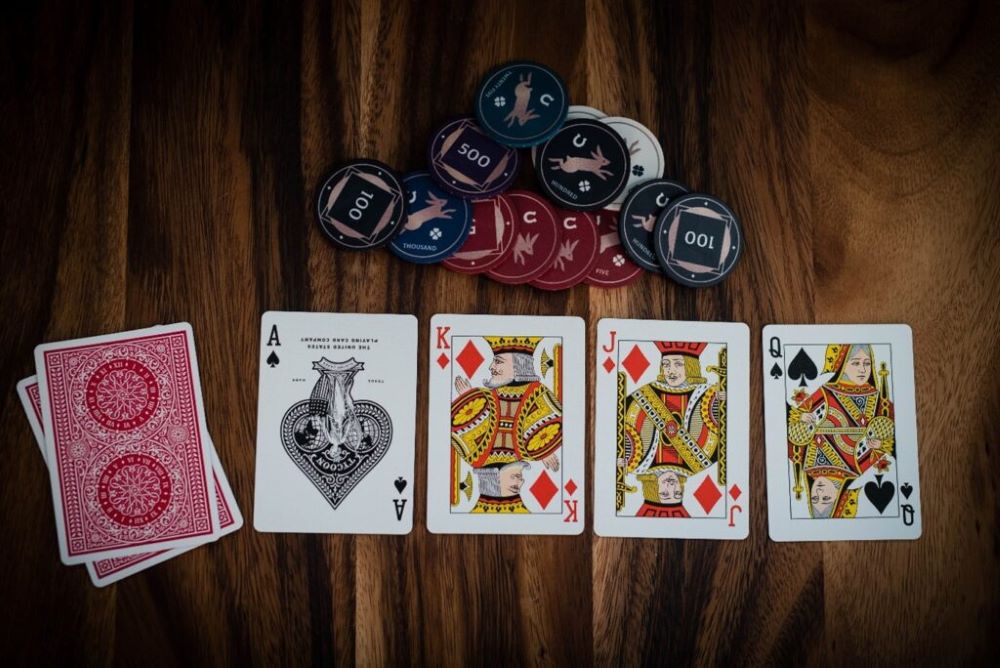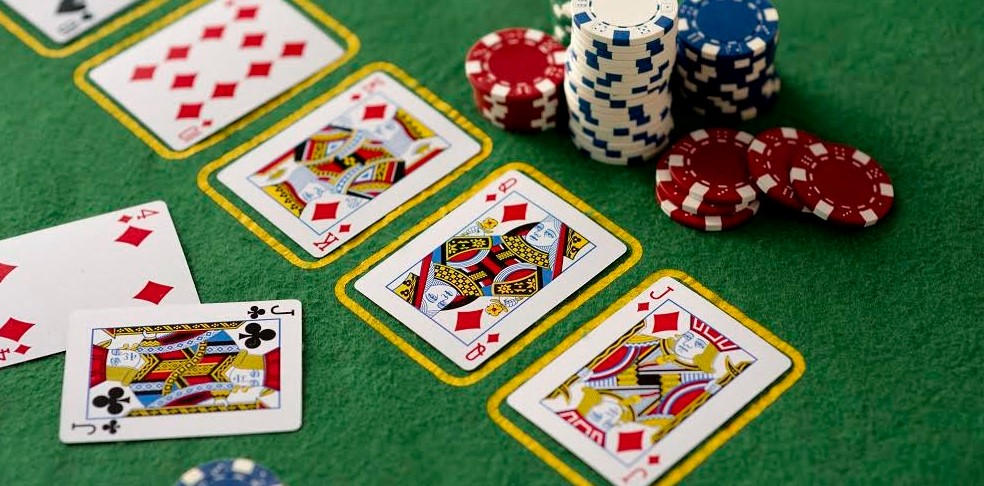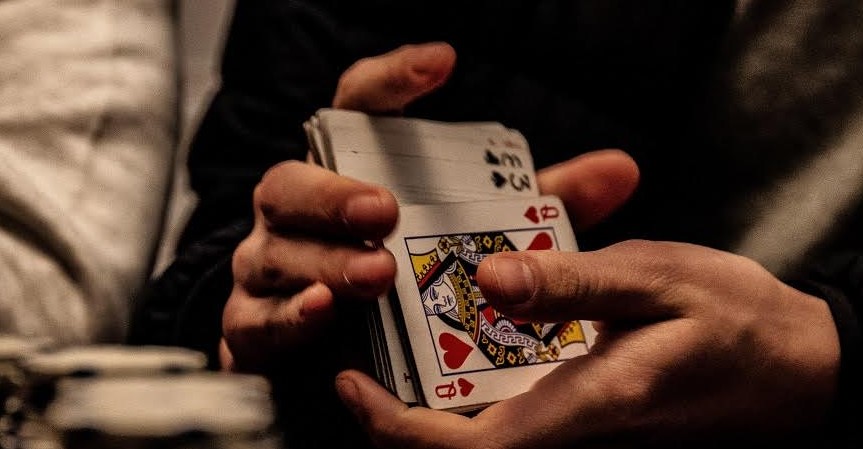The classification of poker hands is important to know because they determine the position of strength that the player occupies and determine the chances, he has of beating his opponent.
It is important to know that the dynamics of poker hands change from one modality to another, and that in each type of poker game the hands fulfill a purpose: while in Texas Hold’em the hands are self-conclusive, in Omaha poker the initial hands must be strong by themselves, but they must be able to be used to bind stronger hands.
To give you an overview, we have made a brief summary of the Texas Hold’em rank of poker hands, and the order of starting hands in Pot Limit Omaha poker (PLO).
Texas Holdem Poker hand ranking

In a Texas Hold’em game, the hands are formed with the two cards of the player and three of the community cards that most favor him. We are talking about hands that have an assigned value and a clear position in the hierarchy. Unlike in Omaha poker, where the initial hands must serve to complete other projects, in Texas poker the hands have an immovable value and do not seek to link future projects.
The ranking of hands in Texas Hold’em poker is as follows (in descending order):
- Royal Flush.
- WHAT IT IS: Five consecutive cards of the same suit form a straight flush. If those five cards are also the highest cards in the deck, you have a royal flush.
- EXAMPLE: A♥ K♥ Q♥ J♥ 10♥
- Straight flush.
- WHAT IT IS: Five consecutive cards of the same suit.
- EXAMPLE: 5♣ 6♣ 7♣ 8♣ 9♣
- Poker.
- WHAT IT IS: Four cards of identical value and one unpaired card (kicker).
- EXAMPLE: J♦ J♣ J♥ J♠ 6♣
- Full House.
- WHAT IT IS: The combination of a three of a kind and a pair.
- EXAMPLE: Q♥ Q♣ Q♦ 8♠ 8♥. This would be a “full house of queens eights”.
- Flush.
- WHAT IT IS: Five cards of the same suit in alternating order.
- EXAMPLE: 2♦ 7♦ 9♦ J♦ K♦
- Straight.
- WHAT IT IS: Five consecutive cards of different suits.
- EXAMPLE: 4♣ 5♥ 6♦ 7♠ 8♠
- Three of a Kind.
- WHAT IT IS: The combination of three cards of identical value and two other unpaired cards. If they were paired, we would speak of a full house.
- EXAMPLE: A♠ A♥ A♣ 2♣ 7♠
- Paired doubles.
- WHAT IT IS: The combination of two pairs in five cards, plus a kicker.
- EXAMPLE: 4♣ 4♦ 9♥ 9♦ J♣
- Pair.
- WHAT IT IS: The inclusion of two cards of identical value and three unpaired cards.
- EXAMPLE: J♥ J♣ 2♣ 7♥ A♦
- High card.
- WHAT IT IS: It is the same as having nothing. Five cards that cannot bind to anything.
- EXAMPLE: K♦ 3♣ 7♠ 8♥ 10♣
Omaha Poker hand ranking
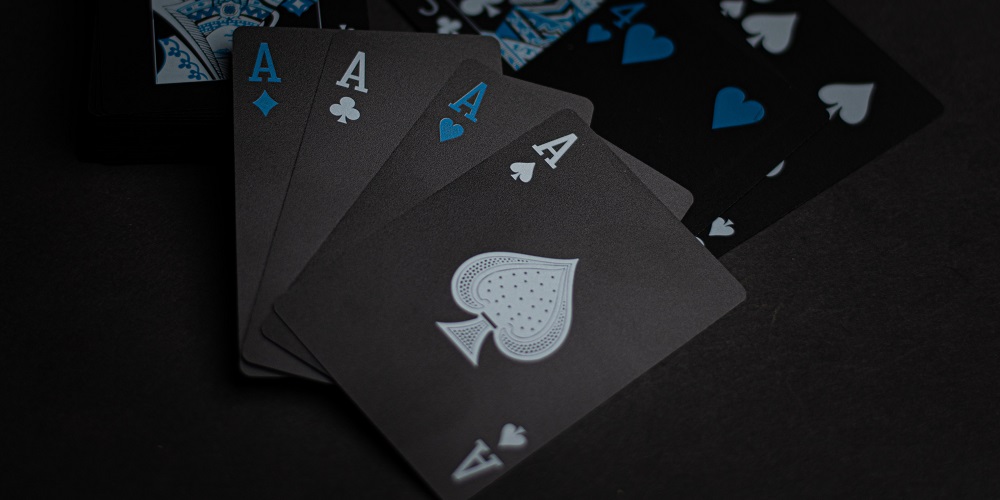
Normally, the most consulted Omaha rank of poker hands are the Pot Limit starting ones. It is as follows:
- 1.- A A K K
- 2.- A A J 10
- 3.- A A Q Q
- 4.- A A J J
- 5.- A A 10 10
- 6.- A A 9 9
- 7.- A A * *
- 8.- J 10 9 8
- 9.- K K Q Q
- 10.- K K J J
- 11.- K Q J 10
- 12.- K K 10 10
- 13.- K K A Q
- 14.- K K A J
- 15.- K K A 10
- 16.- K K Q J
- 17.- K K Q 10
- 18.- K K J 10
- 19.- Q Q J J
- 20.- Q Q 10 10
- 21.- Q Q A K
- 22.- Q Q A J
- 23.- Q Q A 10
- 24.- Q Q K J
- 25.- Q Q K 10
- 26.- Q Q J 10
- 27.- Q Q J 9
- 28.- Q Q 9 9
- 29.- J J 10 10
- 30.- J J 10 9
These hands should be tied in flush (two of each) to be suited. We would then have double suited hands. In principle it is the same as in Hold’em: the hands formed by high pairs offer a high value. The difference is that in Omaha poker, in addition, these hands must be used to create other projects.

